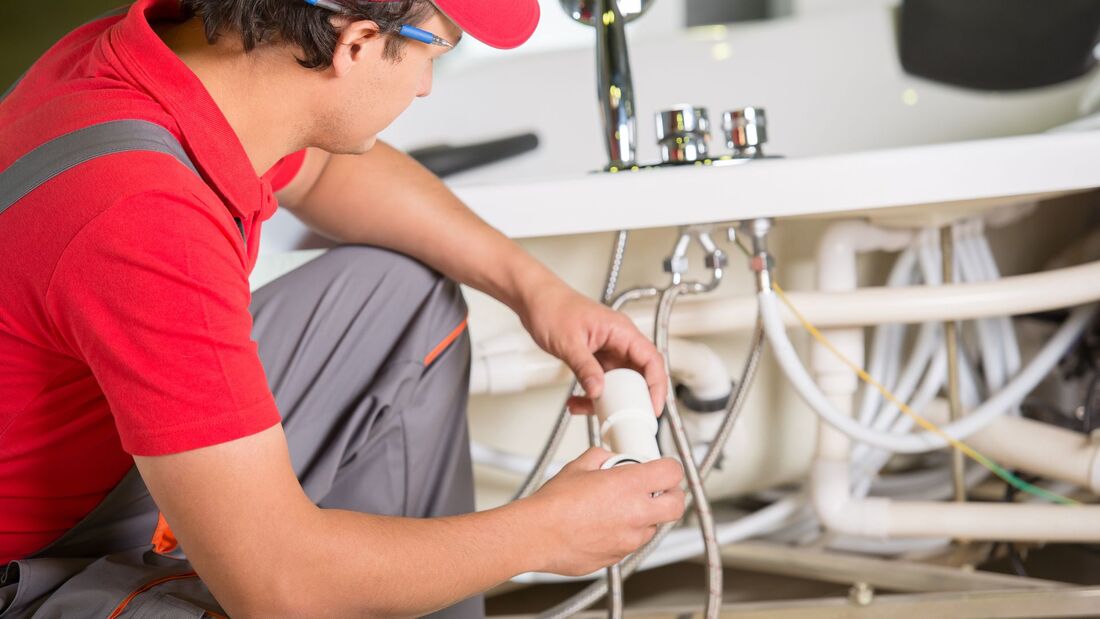|
Optimizing the plumbing system layout can lower project costs regardless of the type of piping used. As a result, less piping, fittings, and labor are needed overall. You may plan ahead and shop for the better prices for a plumbing installation and other MEP systems using building information modeling. The Following are several of the pipes as well as copper piping which I believe is the best for any water pressurized system which our service offers for plumbing installation. So, Who is The Best Plumbing Service In San Diego? Visit our Homepage to learn more. Copper Pipes(Which I think are Best for Water Lines) Since the 1960s, copper has been the standard plumbing material because it is highly durable. Since then, other materials have been developed, but copper is still one of the best possibilities. The most significant disadvantage of copper pipe is its expensive cost, necessitating soldering and additional fittings. And since a lot of plumbers do use Pex and other plastic piping in different parts of the world. But I Always use copper for Pressurized water piping. Although I left Pex out because Even though it is inexpensive I always prefer copier piping. ABS Plastic pipingAnd for a drainage system ABS Plastic piping is the Best. Because of it's simple installation you glue the fittings and piping together and very light weight piping. And it will last 50 plus years, if installed properly. I also like that ABS plastic piping is very affordable. Well compared to cast iron piping and fittings. I have also installed cast-iron piping for a drainage system. but let me tell you it is very heavy carrying around and connecting Cast iron piping is sometimes used in some commercial buildings. I will mention other types of piping. And you have to check for your Local Building codes to see which are approved. Polyvinyl Chloride Piping or PVCThere are two types of PVC plastic frequently used in plumbing: Schedule 40 and Schedule 80. These are mostly for exterior Schedule 40 is a. PVC is the most used material since it is less expensive and has thinner walls. Schedule 80, b. PVC has thicker walls, which increases its durability and price. Tables are provided by the American National Standards Institute (ANSI) to standardize PVC piping's outside diameter. The benefits and drawbacks of using PVC for piping are listed in the accompanying table. Chlorinated Polyvinyl Chloride Piping or CPVCCPVC is PVC piping with a more excellent chlorine content, as the name suggests. Unlike regular PVC, CPVC is acceptable for both hot and drinking water.
When water flows via CPVC pipes, it does so more quietly and smoothly than through copper pipes. Additionally, CPVC piping is more flexible than metallic piping, is fire resistant, and is insulated to reduce energy loss. Comments are closed.
|
AuthorI have been a Plumber Since 1983. I am Certified ( By The P.H.C.C.) and a 5-Star Rated Licensed Plumbing Contractor. Categories
All
Archives
January 2023
|

 RSS Feed
RSS Feed